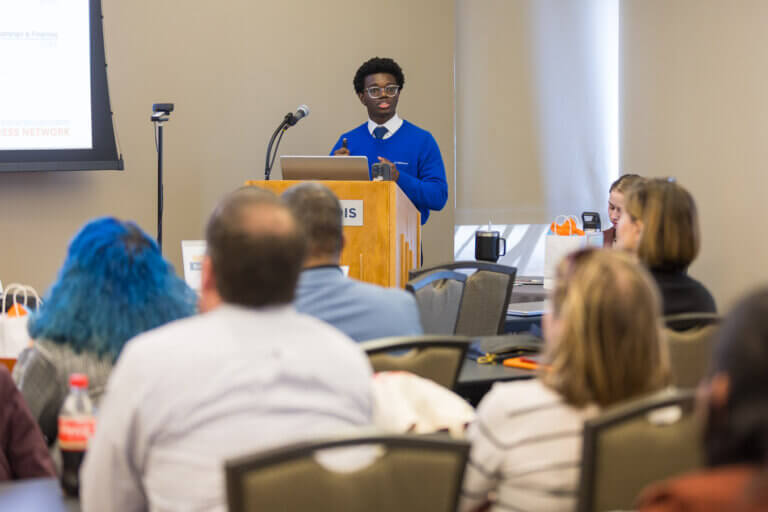After a period of public comment, Education Systems Center is pleased to release the first four Model Programs of Study in partnership with the Illinois Community College Board. These guides focus on the following industry sectors: education, health sciences and technology, information technology, and manufacturing and engineering.
Background
As we talk about programs of study, four core components are always present: supporting individualized planning at the student level, sequencing career-focused coursework and related competencies, integrating work-based learning, and aligning core academic work. We look at the programs of study not as a secondary or postsecondary strategy but as an integrated secondary-to-postsecondary process that incorporates progressing stackable credentials and degrees leading to in-demand careers that pay a living wage.
The guides build on the Postsecondary and Workforce Readiness (PWR) Act, which established the new system for College and Career Pathway Endorsements, built out a new state policy system for transitional instruction courses, set up a system for competency-based education models in high school to support student progressions, and also provided more supports for helping students understand their postsecondary and career plans. The PWR Act framework is infused in our state’s Perkins V and Every Student Succeeds Act (ESSA) Plans, as well as the economic development plans of the administration and even the work EdSystems is doing around dual credit access and addressing the teacher shortage.
Designing the Model Programs of Study
The Illinois Community College Board, the overseeing agency for the 48 community college systems throughout the state, partnered with EdSystems in 2019 to work closely with the Illinois State Board of Education, secondary and postsecondary educators, employers, and other stakeholders to map out Model Programs of Study Guides using an industry sector lens. The guides are intended to provide exemplars for local programs to adopt or customize as they develop programs of study for approval as part of the Perkins V Plan. This also serves as a framework for state agencies to help develop program support. A key component has been identifying the priority dual credit courses that are foundational to the different sector areas and well-situated for statewide scaling and articulation. We extended that to identify the key competencies that need to be sequenced from the basic orientation level through the advanced/capstone level to guide the future development of transferable courses.
We adapted our process for mapping from several national models with the hope that these guides can serve communities across Illinois and nationwide. The process begins by identifying high-priority occupations within each sector. Using Department of Labor data and the MIT Living Wage Calculator for Illinois, we define high-priority occupations as jobs with a positive growth outlook and a living wage salary to provide for one adult and one child. We also looked at the education and experience required to start in each occupation; as we are designing secondary-to-postsecondary programs of study, we sought to include roles that are accessible to students through community college coursework and not solely occupations that require a bachelor’s degree or higher.
Notably, the occupations included in these guides are intended to serve as benchmarks. As educators customize the guides for regional use, we encourage you to use these tools to focus more narrowly on your geographic areas and determine if the high-priority occupations we selected for this statewide guide would hold promise for your own students.
Having identified high-priority occupations, the next part of this process is determining the promising credentials, i.e. the stackable degrees or certificates needed for each sector. We focused on credentials typically available across Illinois community colleges. If a credential didn’t lead to a high-priority occupation but does stack to one, we did allow it in our analysis. For example, the median hourly wage for a Certified Nursing Assistant is well below the living wage standard. Still, because that certification opens up opportunities to become a Licensed Practical Nurse or Registered Nurse—both of which offer much higher wages—we included this credential.
Once we identified the promising credentials, we sought to identify the most strategic and foundational community college courses across programs. We took a sample of community colleges and analyzed their most common courses, then worked with our advisory councils to determine which of those courses could be accessible for dual credit and which were most likely to be transferable between community colleges or to a four-year university.
We then used that early college analysis to map the secondary to postsecondary sequences, thanks to the valued input of the advisory councils. We focused on other state policy frameworks and pathways criteria when mapping a secondary-to-postsecondary sequence. Each sequence is designed to lead to a College and Career Pathway Endorsement (CCPE), which can be added to high school students’ transcripts. Two key components of the CCPE are critical to this work: First, students must complete a career-focused instructional sequence, which includes at least six hours of early college credit. As you’ll see in the design of the pathways, we made sure that the career-focused courses reach or exceed that threshold. Second, there is also a focus on academic readiness. If students are ready, we encourage them to enroll in early college math, English, social science, and life science courses. For students who are not yet ready in reading, English, and math skills, we support enrollment in transitional courses that will prepare them for the rigors of college.
The course recommendations begin in 9th grade and continue through the first year of college. They’re designed not to corner students into specific occupations within a sector too early but to give students access to as many quality professions as possible within each industry. We considered various student scheduling practices, including block schedules, seeking to be as flexible as possible. We also tried to create a sequence that allows for work-based learning opportunities and includes recommendations for core academic subject areas that complement a specific pathway or industry sector.
Finally, with our course sequence in place, we looked to define related technical competencies for each sector that can be utilized to develop future courses that could become transferable. These build on the PWR Act’s Recommended Technical Competencies.
Next Steps for Model Programs of Study Guides
The intention is that local communities will replicate these guides for your specific region. EdSystems is now engaged with several communities, including stakeholders in Chicago, Rockford, and Elgin, on how to apply this work and create their own customized secondary-to-postsecondary pathways.
Model Programs of Study Guides for four new industry sectors are now in the early stages of development: architecture, construction, and energy; arts and communications; finance and business services; and agricultural, food, and natural resources.





